How to Get Rid & Dispose of Garden Waste?
Do you have a messy garden?
We bet you do, and if you don’t, you will someday. Then you will have to put in the time in your yard to make it a cosy and welcoming spot.
Unfortunately, you may have felt challenged to clear up waste in your backyard and that’s normal. In this guide, Gardening Services (Chester) aims to solve the problem!
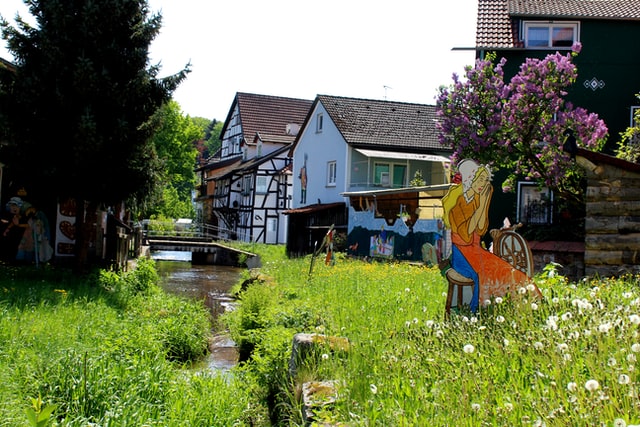
For backyards full of rabble and beyond your strength, call professionals for specialised garden waste clearance along with any of our other services, such as professional garden maintenance, expert clearance, or lawn mowing.
What You Should Know About Garden Waste
It would be of great significance to take you through garden refuse before we dwell on the key tips to follow, so you get rid.
- These wastes comprise organic materials in the garden that you don’t really need.
- However, they may be of great fertile importance if only you handle and dispose of mass properly.
- That means plant remains in the garden, such as plant leaves, stems and even twigs.
- Other sources may include the food refuse from the kitchen and other wastes from homestead setups.
The following are the key advantages of proper garden wastes disposal:
Fertilises Topsoil
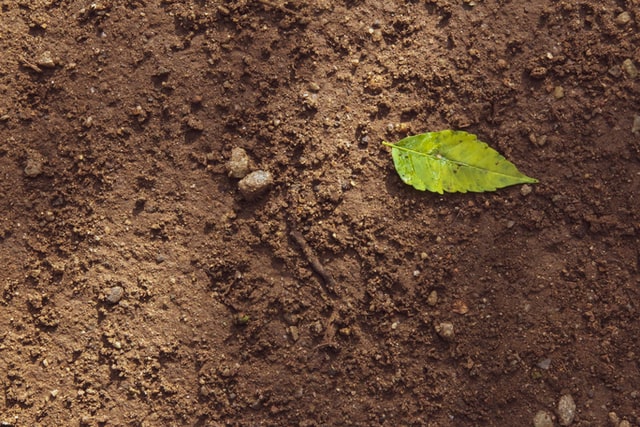
A proper waste disposal procedure will help you develop fertile topsoil for your lawn. You know that soil is of good quality if its aeration is efficient, has sufficient moisture for your greenery and crops, but also drains good.
Garden wastes are often a threat to soil quality because they may cover up the soil surface, blocking water and sunlight through the topsoil and subsoil layers, comment Quick Wasters. This may lower the soil water content and thus the fertility.
Soil microorganisms are also in great danger because of the lack of favourable conditions to sustain their lives in the soil. These organisms are important in enhancing the air circulation in the soil.
Setup Sewage Systems & Wastewaters
Responsible waste disposal gets rid of water pollution before it drains into the sewage. It is healthy to work with clean water in the garden, isn’t it? Some waste disposal methods to clean your garden water much more efficiently.
“For instance, collecting waste away from water sources avoids water pollution to a vast extent,” comments gardener Allan. “My personal favourites are wetland installations, as they nourish eco-friendly bacteria that filters wastewater”
Offers Renewable Power
Biogas is among the renewable energy sources along with solar energy, wind energy, and thermal.
It comes from plants and animal waste. You can use biogas to cook, lighting and various engines. This energy source is sustainable and readily available since you can generate it with ease, just by using garden waste, such as food leftovers, plant shreds, waste gathered by the municipal and agricultural organic fertilisers.
Biogas comes from anaerobic respiration, where the wastes are put in a tightly closed digester with some living microorganisms to aid the process. The key components of biogas are methane and a bit of carbon (IV) oxide, which are both not harmful to the environment.
Benefits The Community
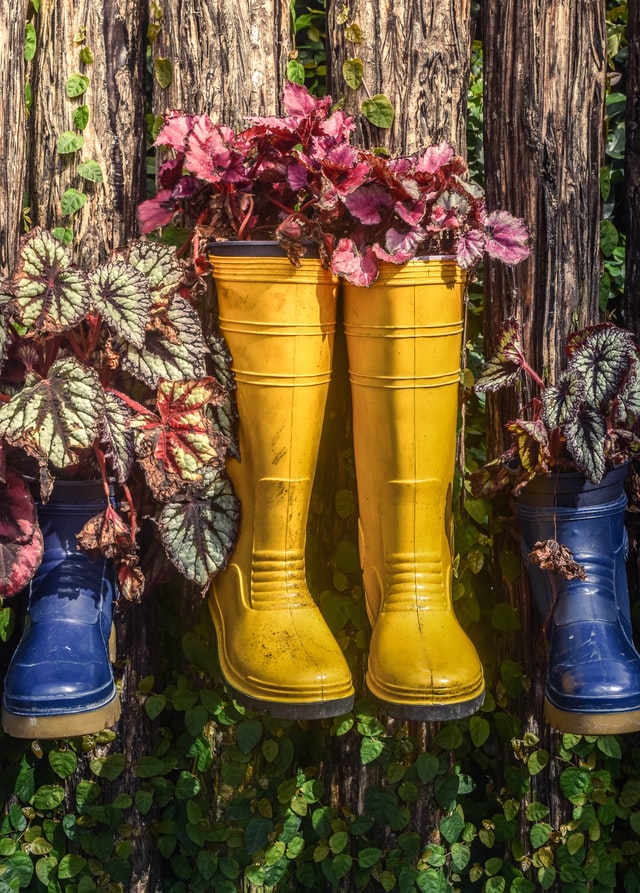
Public health is a key factor to consider while dealing with garden waste. Ensure that you choose the best waste disposal methods that don’t harm your neighbours. Similarly, if you own a property that is rented out to tenants, make sure you understand the relevant regulations related to waste and that you are fully compliant.
Generally, tenants are responsible for disposing of their own household waste, which should be written clearly in the tenancy agreement. However, if the tenancy comes to an end and the tenant moves out, any waste they leave at the property becomes ‘commercial waste’ and the landlord’s responsibility. If waste is left in outdoor areas or left on the street, the landlord could face a hefty fine and even prosecution.
Pollution
Remember that when dealing with garden waste – whether homeowner or tenant – you may impose harm on the local community by carrying out activities that contaminate with air or water pollution.
Taking too long to dispose of waste may lead to soil pollution as well. All these risks are harmful to health and need special attention.
Air pollution, for instance, will lead to breathing complications or even physiological reactions. This hazard may result from burning waste before it’s dry enough, resulting in heavy smoke.
Water pollution comes because of disposing of the waste materials to water sources. Some materials may be poisonous for human consumption, so letting them get into water will be dangerous.Supplies & Garden Waste Disposal
It would be important to ensure that you have the following in place before disposing of your garden waste.
- A wheelbarrow;
- A shovel;
- Slashers or Yard mowers;
- Rakes;
- Garbage picker;
- A trowel;
- Gloves;
- Brushes and dustpans;
- Leaf blowers;
- Pruning shears;
Separate Backyard Rabble
Daunting at first, but putting the focus and effort to separate backyard rubbish by type is the right way to properly dispose of garden waste in the long term.
Sort Your Green Waste
- Ensure you put the waste into groups to easily distinguish those you can get rid of and those to leave behind. This makes clearing the garden way more simple.
- Organic greenery includes freshly cut grass, green leaves and twigs resulting from trimming trees. It is easier to separate because they are very visible and look healthy to handle.
- Plantlife takes little space as compared to all-in-one waste piles.
- Organic greenery costs less when you employ skip workers to collect your waste than a mixture of waste.
You will therefore spend less and adequately by separating garden waste.
Compost Household Waste
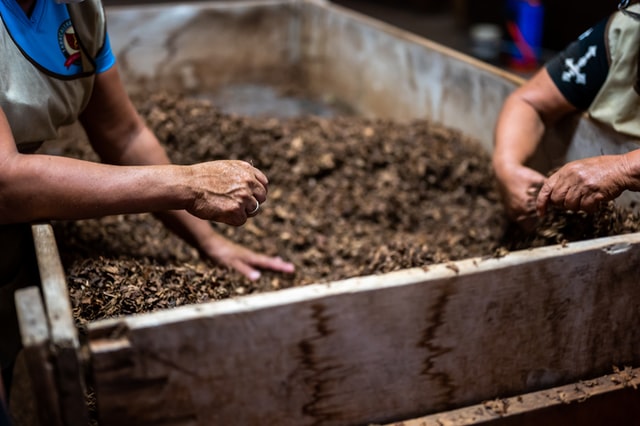
It is the most effective way to get rid of the garden refuse. There is a great need to look at it deeply to discover how you can carry it out.
Choosing to use this method requires you to use steps that are key to composting only. Failure to follow the steps keenly will lead to poor results in your garden, and you may end up hating attending to your garden because of the unpleasant smell that may result from compost heaps.
Step 1: Choosing The Right Compost Bin
You can choose to work with an open pile or even a compost bin, as they are the only methods available. It would be best if you use bins as they are environmentally friendly.
They are also perfect at keeping higher temperatures and preventing pests from invading compost heaps.
Using bins allows you to choose the size that will be most suitable for your intended purpose. You can even purchase one from markets.
Step 2: Location Of Your Composting Installation.
Ensure that you choose a location that is not too steep; the place should have dry and open soil. Make sure that the drainage of the area is well. These factors are important because they will allow you to easily add new materials to the bin and remove them conveniently.
The soil-living organisms will easily enter the bin to facilitate aeration and breakdown of the compost components, enabling the compost to achieve suitable drainage.
Step 3: Mix The Right Ingredients
Please consider putting only the recommended materials into a compost bin, bed, or tumbler. Do not add materials that do not decompose naturally. Synthetic materials are a no-no.
Step 4: Layer Your Waste
There must be some order inputting components of the compost bin. At the bottom, you should put twigs or maize stalks to enhance the water flow down the soil, then follow it immediately with leaves.
Follow with the green materials. Please alternately place them according to their mineral contents, especially the nitrogen and carbon content. Ensure that half of the composition is taken by green matters, while brown materials take the other half. Remember to exclude some garden wastes that will not be disposed of, such as coal, food like meat and bones, milky products, and poisonous products.
Step 5: Get Ready To Wait
You must take your time and wait for the components of the compost bin to rot on their own. This method of waste disposal is usually very important to the surroundings and the farm, but unfortunately, it is time-consuming to complete.
Always continue topping up the bin so that the suitability is constant. Keep in mind to keep the water content constant. You can ensure this by putting hard waste or adding water, depending on what you want.
Step 6: Take Compost Away
Harvest your compost when it is ready. You will know this by checking the colour, which should be dark. Again, your compost will have a crumbly texture with a unique smell.
Convert Green Waste into Mulch
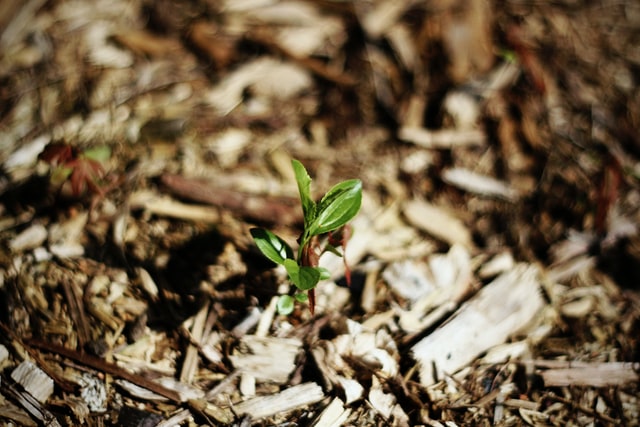
Unlike compost, mulching is the act of converting green plat materials into brown materials. Mulch is indispensable at regulating soil temperature, maintaining moisture, and smothering weeds in the garden.
Make your own by spreading organic disposables on an open surface and leaving it degrade.
Use a Worm Bin
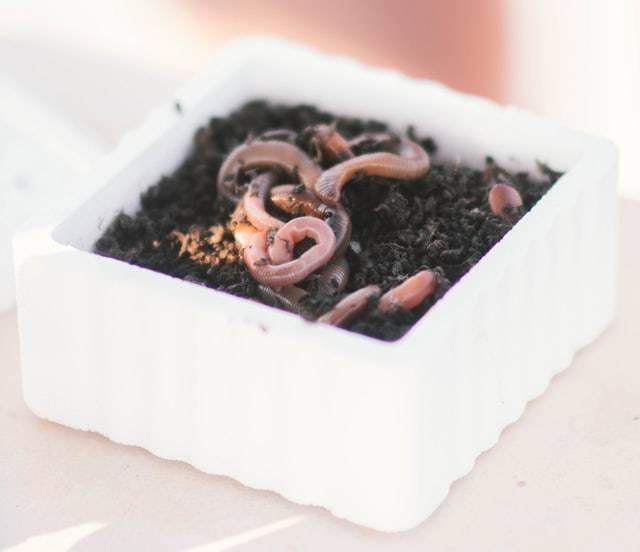
In this case, you involve worms in breaking down the wastes. It is most suitable with wastes from the kitchen and green materials.
Recycle or Reuse if Possible
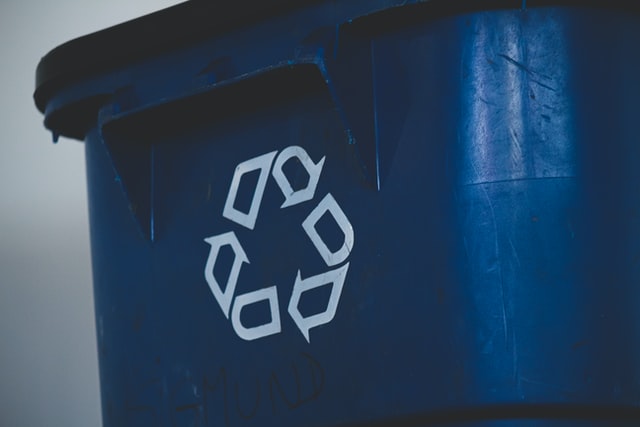
Be careful to choose and analyse the wastes for disposal and save what you can use. Some plants and flowers can serve best in the decoration and fencing of your yard or house. You can use building materials like bricks to create attractive patterns throughout the lawn.
Local Landfill & Waste Recycling Centres
This method works best with materials that do not degrade.
Put the wastes together in bags you will later take to a facility where the wastes will be made into new use. It costs less when it comes to getting rid of the rubbish.
You can do it anytime since you only need a means of transport to take the wastes to the appropriate recycling centre.
Garden Waste? Getting Rid, Remarks
Choosing an appropriate method for waste disposal makes it easier to deal with garden wastes. Make your garden look attractive and environmentally friendly by choosing the best out of the six methods above.